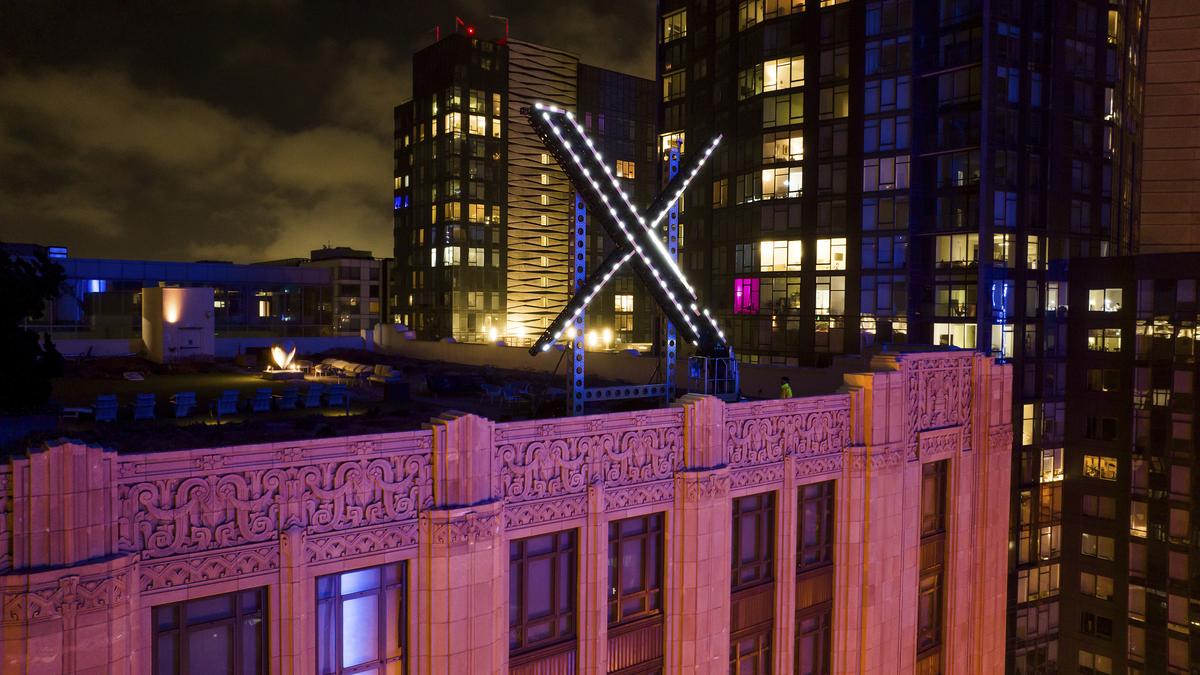 |
|
The article delves into the Indian government's increasing use of takedown notices issued to the social media platform X (formerly Twitter) by the Ministry of Home Affairs’ (MHA) Indian Cyber Crime Coordination Centre (I4C). A significant portion, almost 30%, of these takedown requests target content related to Union Ministers and Central government agencies. The article highlights the specific instances where posts featuring Prime Minister Narendra Modi, Home Minister Amit Shah and his son Jay Shah, Minister of State for Home Affairs Bandi Sanjay Kumar, and Finance Minister Nirmala Sitharaman were targeted. These revelations, based on court records obtained by The Hindu from the Delhi High Court and the Karnataka High Court, shed light on the government's efforts to control online narratives surrounding its key figures and institutions.
The government's broader strategy involves sending notices to various social media intermediaries like X, Facebook, Instagram, and WhatsApp, seeking the removal of content deemed “unlawful information.” Over the past year, this has resulted in over 1.1 lakh pieces of content being targeted, encompassing categories like deepfakes, child sexual abuse material, financial frauds, and “misleading and false information.” The targeted content isn't limited to individual users but also includes posts from political parties and news outlets, both within India and internationally. This wide-ranging approach indicates a comprehensive effort to regulate online speech and manage the information environment.
One specific example detailed in the article involves “AI-generated content/manipulated media targeting Jay Shah, Chairman of the International Cricket Council (ICC) and son of Union Home Minister Amit Shah.” The I4C flagged these fake images, which portrayed Jay Shah in a “derogatory manner alongside Kavya Maran, the owner of the Sunrisers Hyderabad IPL team,” as a “propaganda-driven attempt by vested interests to defame and dishonor prominent office bearers and VIPs through the misuse of technology.” While one post debunking the visual remained untouched by X, the other was deleted by the user. This case illustrates the government's sensitivity to content that it perceives as damaging to the reputation of its officials and the lengths it is willing to go to have such content removed.
The article also reveals instances where content critical of the Home Ministry's leadership itself was targeted. A notice was sent to X regarding 54 posts linking to a manipulated video clip of Mr. Amit Shah, which allegedly portrayed an anti-reservation stance. Similarly, a video featuring Mr. Modi with a caption mocking his promise to provide an account of his performance every five years was also targeted for removal. Furthermore, a video posted by a Texas-based user named Harish Reddy, which interspersed remarks by the MoS, Mr. Kumar, with comedy film dialogues, was flagged by the I4C. This demonstrates that the government's efforts extend beyond addressing blatantly false information to include content that it deems critical, satirical, or mocking of its leaders.
Beyond these high-profile cases, the I4C also issues routine takedowns, such as notices against accounts fraudulently imitating its Cyber Dost helpline and content inciting religious hatred against Hindus as well as Muslims. This suggests a broader mandate to address various forms of harmful online content. However, the lack of transparency surrounding these takedown requests is a concern. X stopped publishing precise details of government takedown requests in April 2023, making it difficult to assess the full scope and justification of these actions. The disclosure of these orders has only occurred due to the ongoing legal battle between X and the Union government regarding the SAHYOG portal.
The SAHYOG portal, which X has labeled a “censorship portal,” is a key element of the government's strategy. It allows law enforcement agencies and government bodies across the country to send notices under Section 79(3)(b) of the Information Technology Act, 2000. This section allows the government to warn social media firms that they would share liability with users if the notified posts are ever challenged in court, without requiring the registration of a criminal case. This provision has been criticized for potentially circumventing legal safeguards against censorship. The government insists that these notices are not blocking orders in themselves, but they exert significant pressure on social media platforms to comply.
Despite the government's investment in the SAHYOG portal, police officers interviewed by The Hindu indicate that it is still in the trial stage and not yet widely used. Concerns have been raised about the accessibility of the dashboard to multiple users and the creation of records that can be easily accessed. Furthermore, a police official noted that Section 79(3)(b) notices rarely result in takedown action by social media intermediaries, with only one in twenty requests being successful. This suggests that law enforcement agencies still prefer directly sending requests to platforms, potentially bypassing the SAHYOG portal altogether.
The article concludes by highlighting the varying levels of compliance among different social media platforms. WhatsApp, for example, has demonstrated a rapid response time in terrorism cases, disclosing information relating to terrorist activities within 12 minutes of receiving a request. While WhatsApp does not have access to message contents, it routinely shares metadata on individual users’ contacts and phone call timing records with law enforcement agencies. This illustrates the complex relationship between government requests, platform policies, and user privacy in the digital age. The increasing frequency and scope of takedown requests, coupled with the ongoing legal battles and questions surrounding transparency and due process, raise important questions about the balance between national security, freedom of expression, and the role of social media platforms in a democratic society. The case of X and the Indian government serves as a microcosm of the broader global debate surrounding online content regulation and the potential for censorship.
Source: Almost 30% of MHA’s takedown notices to X target posts on Union Ministers, government agencies
